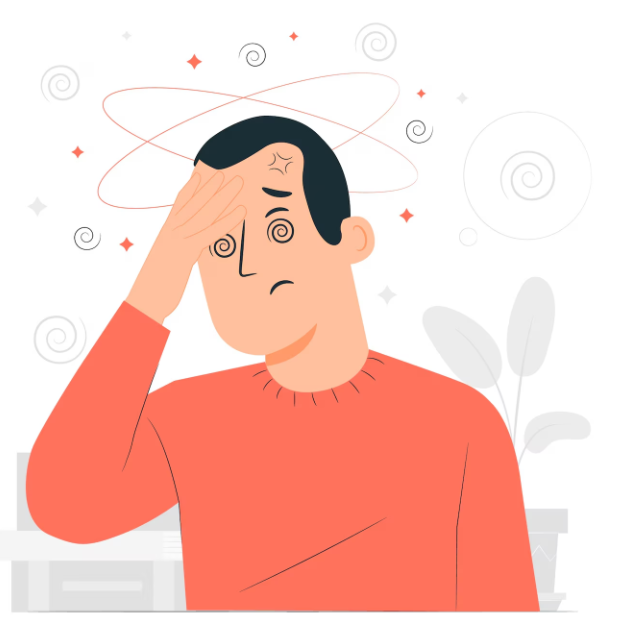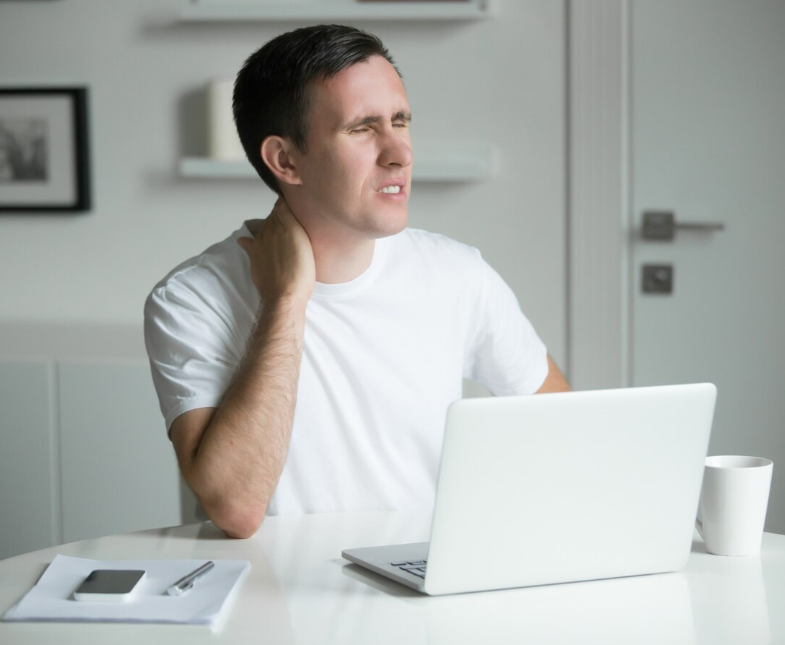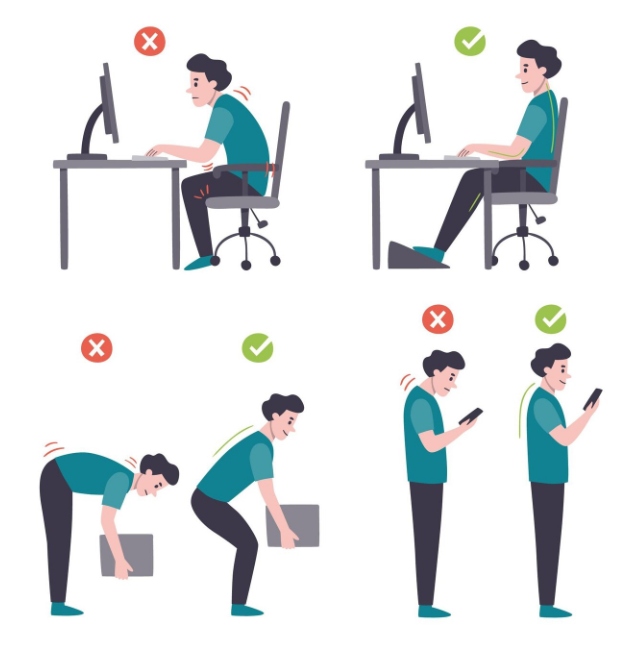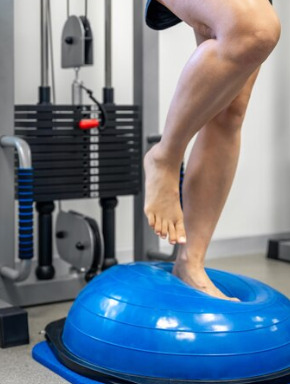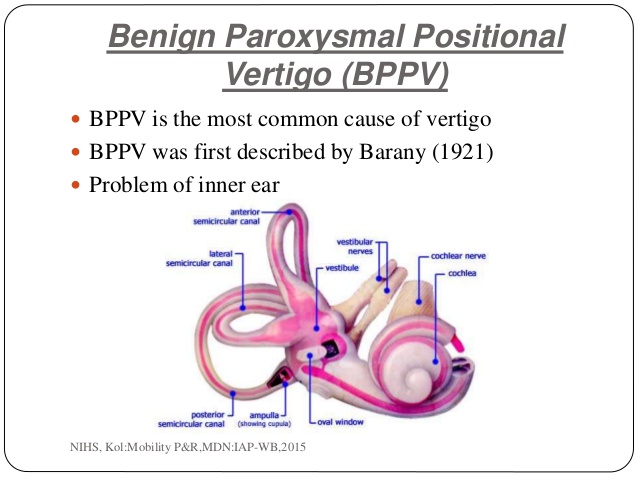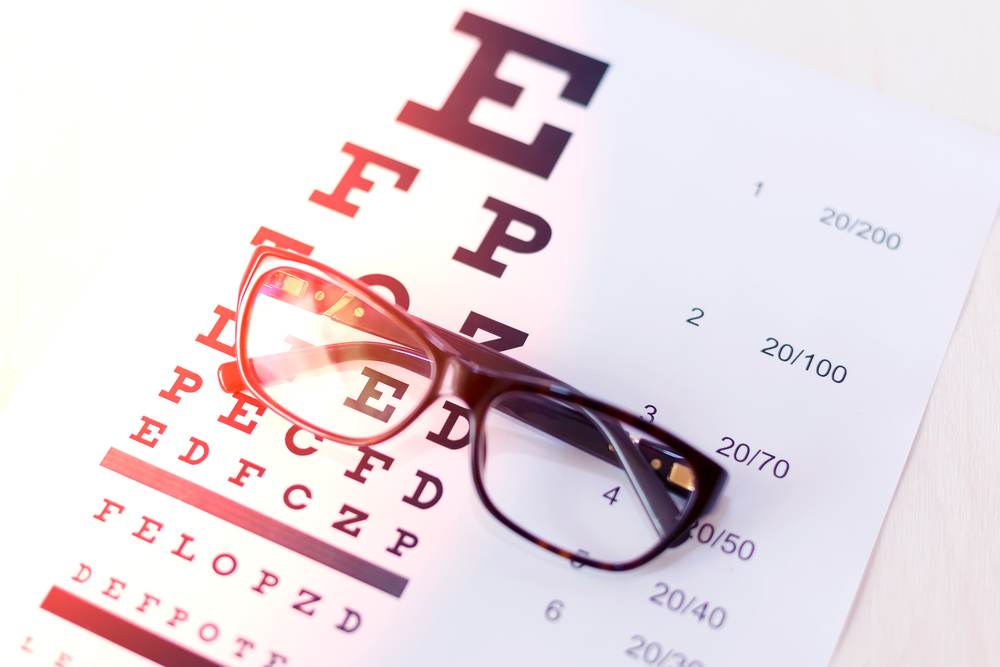What is cervicogenic dizziness?
Cervicogenic dizziness is a type of vertigo or imbalance that originates from dysfunction in the neck, particularly the cervical spine. Unlike inner ear (vestibular) or neurological dizziness, this form of dizziness is related to how your brain interprets signals from the muscles, joints, and nerves in your neck.
Key characteristics include:
- A sensation of unsteadiness or disorientation
- Dizziness triggered by neck movements or poor posture
- Often accompanied by neck pain, stiffness, or headaches
What causes it?
The upper cervical spine has rich sensory input that communicates with your brain to help control balance and spatial awareness. When there’s an injury (like whiplash), chronic poor posture (like from prolonged screen use and/or desk work), or joint dysfunction, the brain may receive conflicting signals — leading to dizziness.
Common causes include:
- Whiplash injuries (common from motor vehicle accidents)
- Degenerative disc disease
- Cervical spondylosis
- Muscle tension or strain
How does Physiotherapy help?
Physiotherapy plays a vital role in both diagnosing and treating cervicogenic dizziness. A comprehensive assessment will include a detailed history, postural evaluation, and specific tests to rule out vestibular or neurological causes.
Treatment typically includes:
1. Manual therapy
Gentle joint mobilizations and soft tissue techniques can help restore normal movement and reduce muscle tension in the neck
2. Postural retraining
Improving posture through targeted exercises and ergonomic advice can reduce strain on the cervical spine. This includes things like reducing sedentary time, taking regular breaks from desk work, or adjusting the setup of your work station.
3. Vestibular rehabilitation
In cases where the inner ear also plays a role, vestibular exercises may be incorporated to improve balance and coordination
4. Neck strengthening and mobility exercises
Gradual strengthening and stretching of the neck muscles help support proper function and reduce symptoms over time
5. Education and self-management
Understanding the condition and learning strategies to manage flare-ups empowers our patients and promotes long-term recovery and maintenance
What can I do to manage cervicogenic dizziness at home?
- Maintain a neutral neck position, especially when using screens
- Take frequent breaks from sitting to stretch and move
- Use a supportive pillow that keeps your neck in alignment at night
- Avoid quick or jerky head movements
- Practice stress management techniques to reduce muscle tension
Looking for help with dizziness or neck pain?
Look no further than PhysioNow! Our expert Physiotherapists, Massage Therapists, and Manual Osteopaths can help you recover from your problems, whether it is a pain, injury, or other. With 10 locations across the GTA and free parking, we are the right location for you! Book with us today for your first assessment and treatment!
